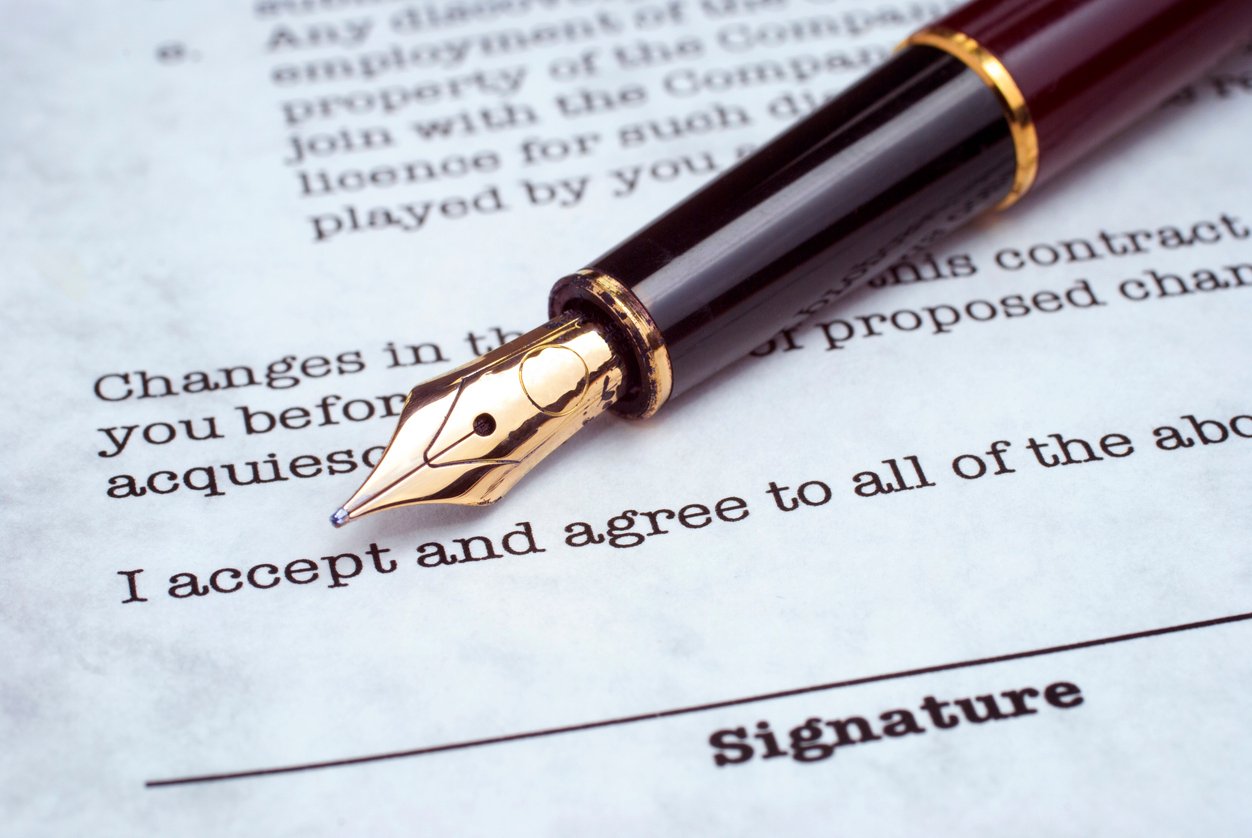The Timeline of a Personal Injury Lawsuit
A personal injury lawsuit can take anywhere from a few months to several years to resolve. The length of the process depends on several factors, including:
- The severity of the victim’s injuries
- Whether the victim is willing to accept a lower settlement to expedite the process
- Whether the victim shares any blame for the incident
- Whether the defendant is an insurance company or an individual
- The victim’s willingness to pursue a trial
1. Initial Settlement Offers and Quick Resolutions
Some cases settle quickly—particularly when:
- The victim’s injuries are minor
- The victim has reached maximum medical improvement (MMI)
- Liability is clear
- The victim accepts the insurance company’s initial offer
However, this often results in less compensation, as early offers are usually designed to protect the insurance company’s bottom line. Accepting this offer typically requires the victim to sign a release, waiving any future legal claims.
2. Medical Treatment and Insurance Contact
After the accident, the victim undergoes medical treatment. Within a few weeks, an insurance adjuster representing the at-fault party will usually contact the victim and make a first settlement offer.
This offer may seem fair at first glance, but it typically undervalues the true extent of damages.
3. Demand Letter and Negotiation
If the victim declines the initial offer, their attorney will draft and send a demand letter. This document outlines:
- The details of the accident
- The nature and extent of the injuries
- Who is at fault
- The amount of compensation sought
A warning that legal action will follow if the demand is not met within a set timeframe
The demand letter is usually sent to the at-fault party, their employer (if the accident happened during work), and their insurance provider.
Possible Responses to a Demand Letter:
- Full acceptance and payment
- A counteroffer for a reduced settlement
- A denial of responsibility
4. Filing a Lawsuit (Complaint)
If negotiations fail, the victim’s attorney will file a formal complaint in court. This outlines:
- The legal basis for the lawsuit
- The injuries and damages sustained
- Why the defendant is liable
- The compensation being sought
The defendant then files a response, addressing each claim by admitting, denying, or stating a lack of sufficient information.
5. Discovery Phase
During discovery, both parties collect evidence, which may include:
- Eyewitness testimony
- Medical records
- Police reports
- Depositions
- Written questions (interrogatories)
This phase is crucial in assessing the strength of each side’s case and determining the value of any potential settlement.
6. Mediation and Settlement Talks
Most courts will encourage or require both parties to attempt to settle before trial. This may involve:
- Mediation sessions
- Settlement conferences
- Ongoing negotiations between attorneys
- Only a small percentage of personal injury cases proceed to trial.
7. Going to Trial
If no agreement is reached, the case goes to trial. A judge or jury will hear the evidence and decide whether the victim is entitled to compensation—and in what amount.
8. Appeals and Delays
If either party is dissatisfied with the outcome, they may file an appeal, which can significantly prolong the timeline.
Final Thoughts
While many victims are tempted to accept a quick payout, doing so often means forfeiting a large portion of their rightful compensation. From medical bills and lost wages to pain and suffering, personal injury victims are entitled to full and fair compensation.
Hiring an experienced personal injury attorney can help victims make informed decisions and avoid settling for less than they deserve.
Read more about personal injury lawsuits here.





